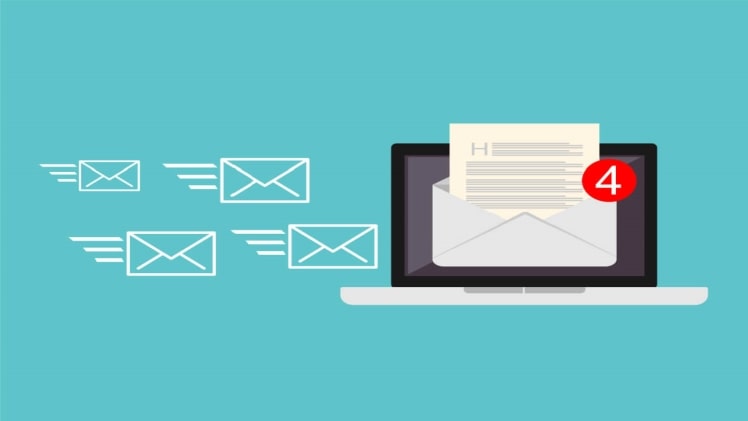Investigating email delivery rates
The following elements influence email delivery:
- Do you know how many of your emails make it to recipients’ inboxes? (delivery rate)
- Respondents to the emails that were sent out (complaint rate)
- Percentage of recipients that opened interacted with and performed the required action from your email campaign (conversion rate)
- For organizations, a low email delivery rate is a negative sign since it suggests that emails originating from a certain IP address should not be trusted. Emails from IP addresses with low deliverability rates may be blocked by security systems that exchange lists of IP addresses with low deliverability rates. When you use an email service provider to send an email, the email will originate from their IP address.
For service providers, IP addresses with outstanding reputations are critical since their customers expect a high level of reliability. When a service provider has reservations about your email address and material integrity, your campaigns may be directed to servers that send mail slowly and less efficiently.
Do you know the meaning of a “Sender Rating?”
A sender score is a number between 0 and 100 that indicates the quality of the sender. To gain a better idea of your sender score, consider how many emails you send, how many go through, and how many consumers respond to those emails. Senders that have a sender score below 70% are more likely to have problems with delivery.
Email verification in action
In the end, an email validation service online isn’t going to cure all of your data problems, but it is a good basis for better data since it improves the quality of data, filters data, and enables better procedures.
Segmenting your email list by verifying the authenticity of an email address
Email verification enables marketers to discover new methods to segment data, allowing them to personalize their email marketing and improve consumer happiness.
Here are a few things to consider:
Develop campaigns and conversions depending on the roles of certain email addresses you’ve collected.
- Using the service ID, you can tell whether registration is coming from a home or business computer.
- For improved open rates, consider dividing your email messages by geography.
- Do not keep a list of throwaway email addresses.
The benefits of using email verification in signup forms
Your engagement with a consumer generally begins with an email address. In order to complete most forms and downloads, you’ll need to provide your email address. This will provide you with the contact information you need to start communicating with them.
Your sales staff might lose a lot of time if your system allows any email addresses without verifying their correctness. Due to the fact that email verification highlights invalid email addresses, sales representatives only contact customers who have valid email addresses.
How to rapidly increase the size of your email list
To keep your business in the minds of both current and potential consumers, email marketing is a great way to do it. Developing an email list is a great approach to help your business expand in light of this.
Building an email list, on the other hand, may be difficult and time-consuming. Here are some of the best strategies to construct an email marketing campaign and communicate with your customers.
- To collect email addresses, including registration forms on your website (for example, a newsletter for your business).
- Organize contests.
- Make use of social media to drive traffic to signup pages for resources like whitepapers.
- Include a registration link in your email signature to encourage subscribers to join up.
- Use email signups to host online events.

